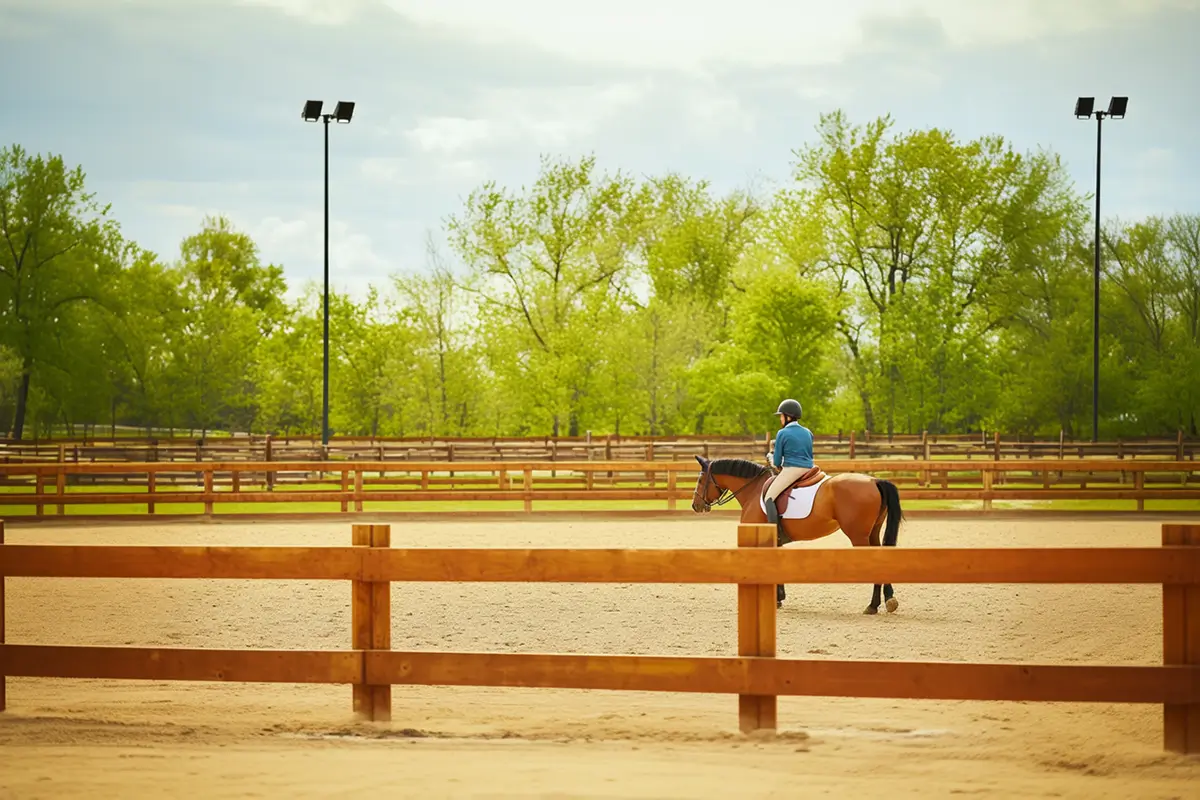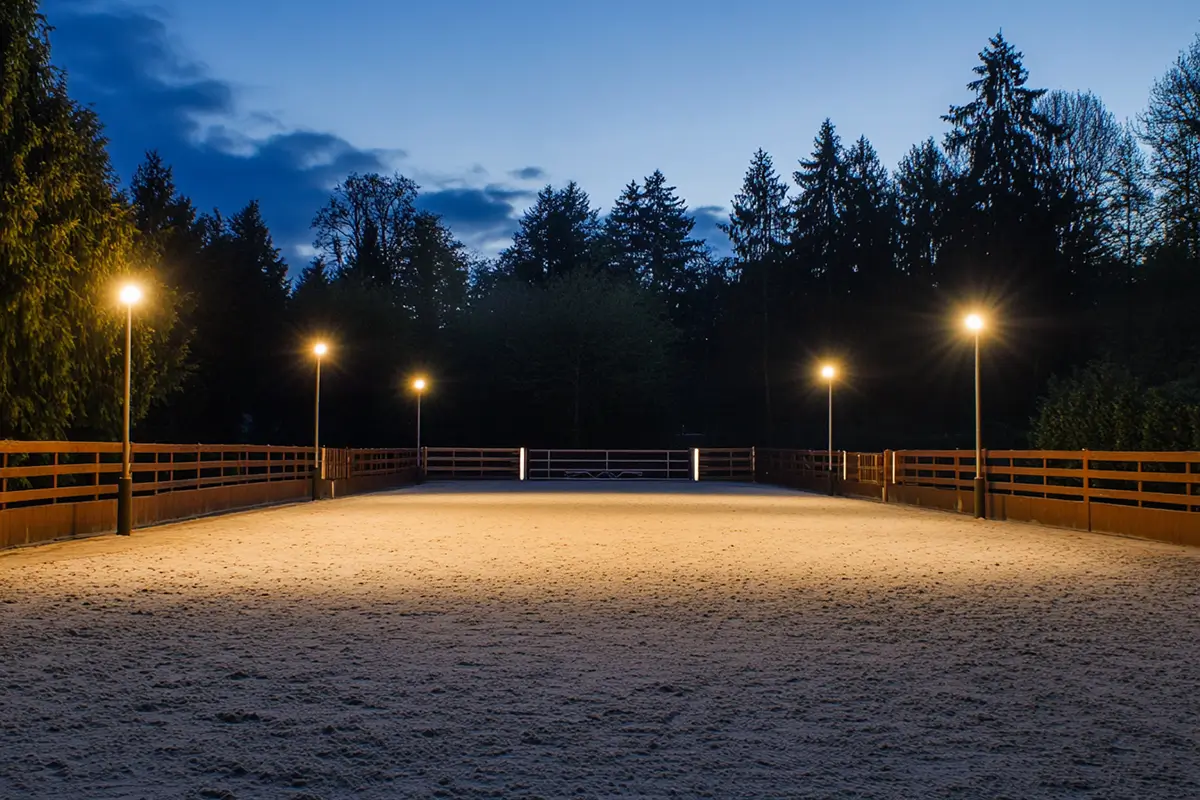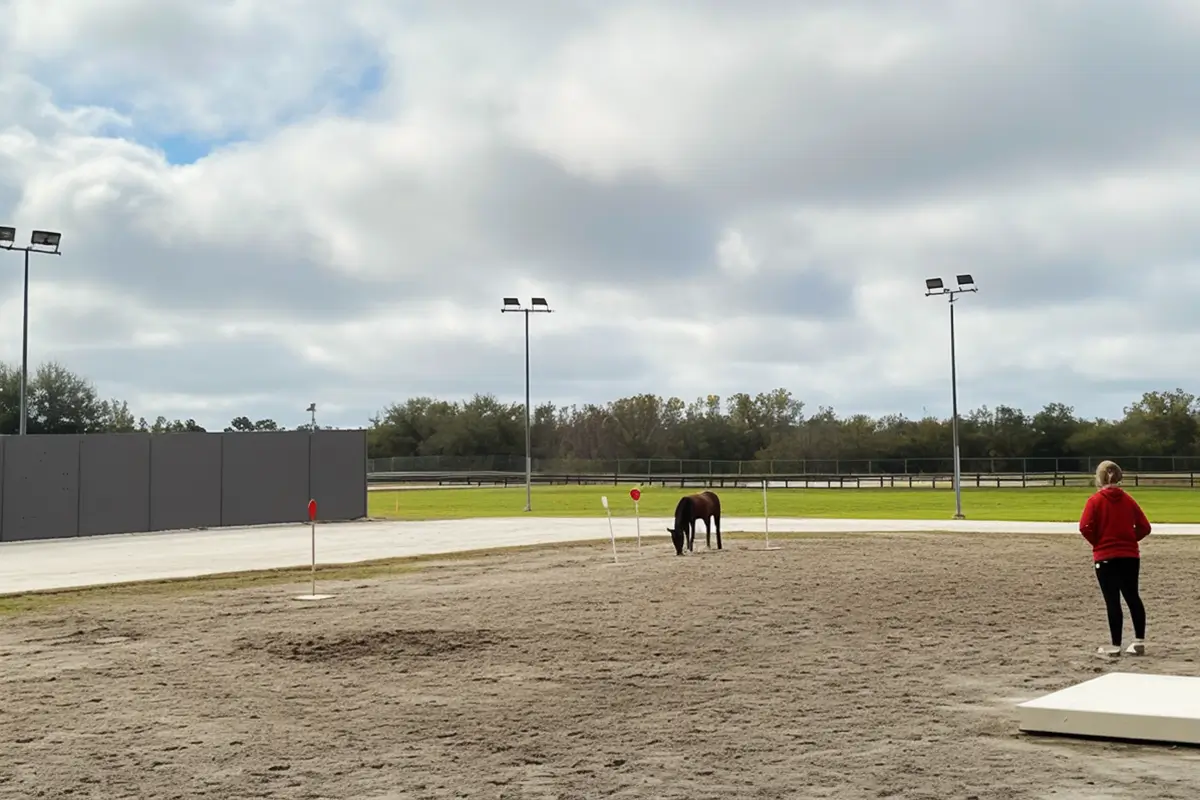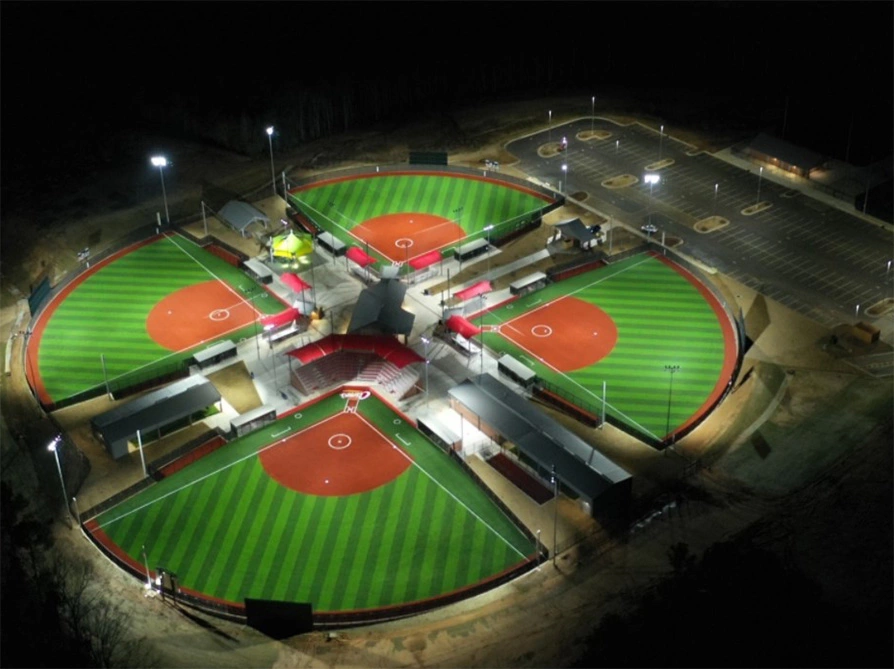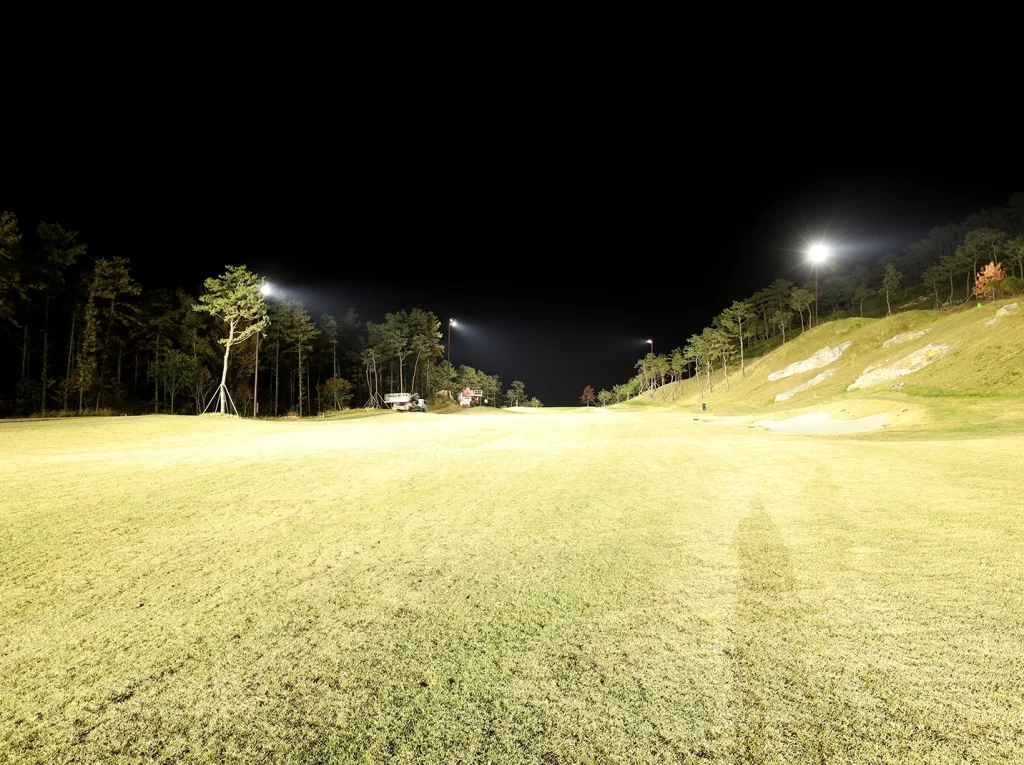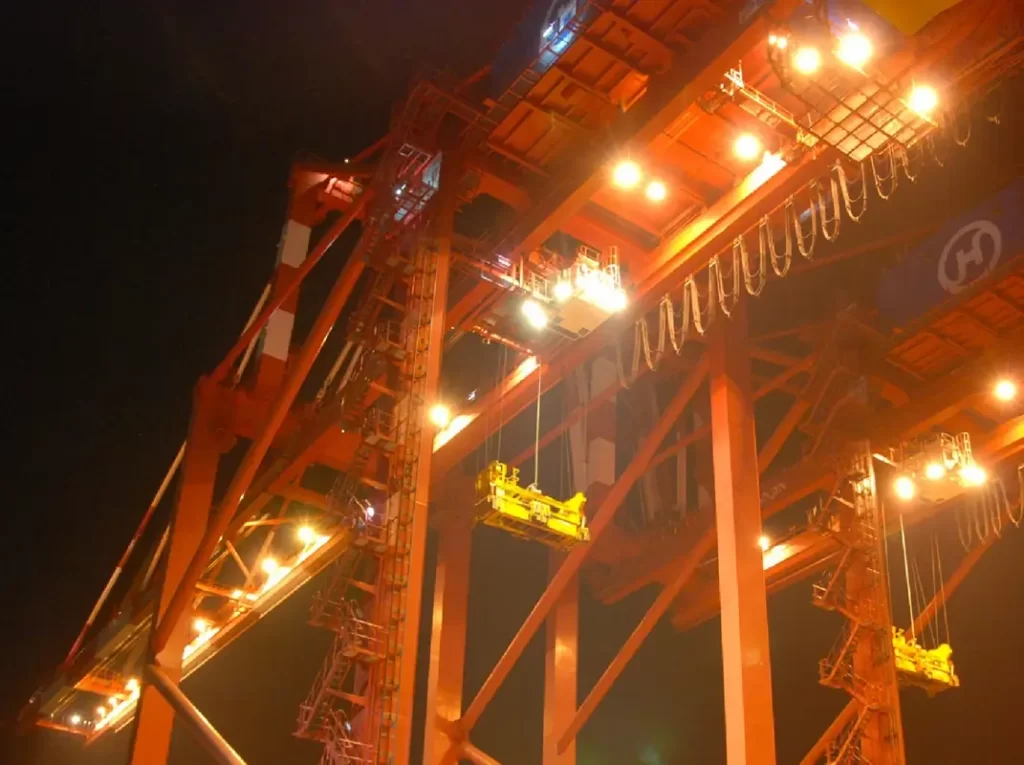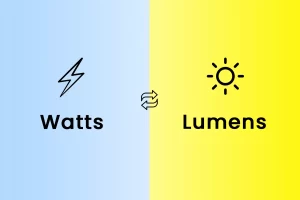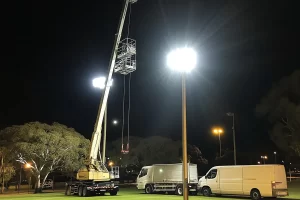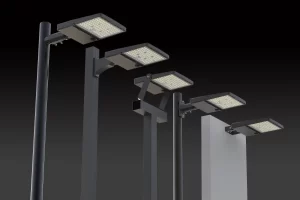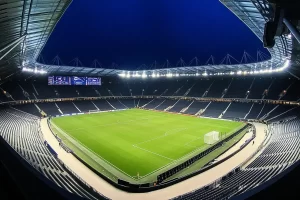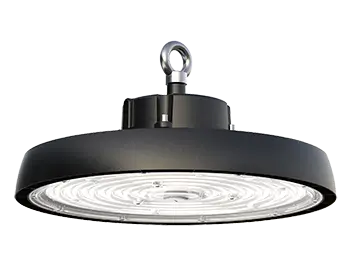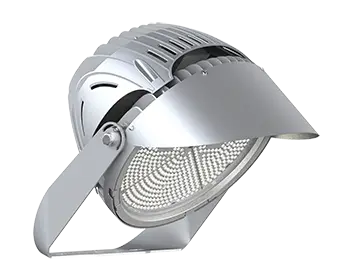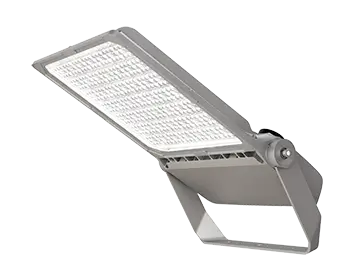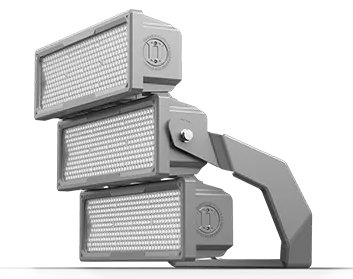Proper outdoor equestrian lighting is vital for any facility that aims to ensure the safety of horses and riders while maximizing the use of arenas and stables after dark. A well-designed lighting system not only enhances visibility but also contributes to a productive and secure environment. In this article, we’ll discuss the significance of outdoor equestrian lighting, the key requirements, various types of lighting solutions, and best practices for installation and placement.
Importance of Outdoor Equestrian Lighting
Equestrian activities require precision, safety, and control, all of which can be compromised in low-light conditions. Here’s why outdoor equestrian lighting is crucial:
Enhanced Safety: Horses can be startled or disoriented by sudden changes in lighting or shadows, leading to accidents. Adequate lighting minimizes these risks by ensuring that the entire area is uniformly lit, allowing horses and riders to move with confidence.
Extended Training Hours: Shorter daylight hours, especially in winter, can limit training time. With proper lighting, you can extend the usability of your arena well into the evening, providing flexibility in training schedules and making full use of the facility.
Improved Performance: Clear and consistent lighting helps riders focus on their techniques and improves the performance of both horse and rider. This is particularly important during competitions or intense training sessions where every detail matters.
Security: A well-lit facility is a deterrent to trespassers and enhances the overall security of the property. It also makes it easier for staff to monitor the area after dark, ensuring the safety of horses and equipment.
Outdoor Equestrian Lighting Requirements
Designing an effective outdoor lighting system involves meeting specific requirements that cater to the unique needs of equestrian facilities:
Even Illumination: The key to effective equestrian lighting is uniform coverage. Avoid areas of harsh brightness or deep shadow, as these can disorient horses. Aim for consistent lighting levels, ideally around 200-300 lux for general use and up to 500 lux for competitive environments.
Glare Control: Horses are sensitive to glare, which can cause discomfort or even spook them. Choose lighting fixtures with anti-glare technology or strategically position lights to prevent direct exposure to the horse’s line of sight.
Weather Resistance: Outdoor equestrian lights must be durable and able to withstand various weather conditions. Look for fixtures with a high IP rating, indicating resistance to water, dust, and impact.
Energy Efficiency: To keep operational costs low, opt for energy-efficient lighting solutions like LED lights. LEDs not only consume less power but also have a longer lifespan, reducing maintenance and replacement costs.
Color Temperature: A color temperature of 4000K to 5000K is ideal for outdoor equestrian lighting as it mimics natural daylight, providing clear visibility without distorting colors or casting harsh shadows.
Types of Outdoor Equestrian Lighting
Choosing the right type of lighting is essential to meet the specific needs of your equestrian facility. Here are some common options:
LED Floodlights: LED floodlights are the most popular choice for equestrian arenas due to their ability to cover large areas with bright, uniform light. They are energy-efficient and have a long lifespan, making them ideal for continuous use.
Arena Lights: These lights are specifically designed for equestrian use, offering wide-beam angles and adjustable mounts. Arena lights provide even illumination without creating hot spots or shadows, making them suitable for both training and competition settings.
Pole-Mounted Lights: These lights are installed on tall poles around the arena or field, providing a high vantage point for broad coverage. This setup is perfect for large outdoor spaces where lighting needs to cover a wide area.
Portable Lights: Portable lighting solutions are ideal for temporary setups or areas where permanent installation isn’t feasible. They are flexible, easy to set up, and can be moved as needed, making them a practical choice for events or temporary training grounds.
Solar-Powered Lights: For eco-conscious facilities or those in remote locations, solar-powered lights offer a sustainable and cost-effective solution. While they may not provide the same intensity as electric lights, they are a good supplemental option.
Installation and Placement Tips
The effectiveness of your outdoor equestrian lighting depends largely on how well it is installed and positioned. Here are some tips to ensure optimal performance:
Strategic Placement: Position lights to cover the entire arena or field evenly. Avoid placing lights too close to the edges, as this can create shadows and uneven lighting. Ensure that the center of the arena receives adequate light, as this is where most activity occurs.
Height Considerations: Mount lights at a height that provides broad coverage while minimizing glare. Typically, lights should be placed on poles at least 20-30 feet high for arenas, but this may vary depending on the size of the area and the type of lights used.
Angle Adjustments: Properly angle the lights to avoid direct glare into the eyes of horses and riders. A downward angle that spreads light evenly across the surface is ideal.
Wiring and Power: Ensure that all wiring is properly insulated and secured to prevent damage from weather or animals. If using multiple lights, make sure your power supply can handle the load without causing voltage drops or flickering.
Regular Maintenance: Keep the lights clean and free from dust or debris to ensure maximum brightness. Regularly check for any signs of wear or damage, especially after severe weather, and replace bulbs or fixtures as needed.
Conclusion
Investing in proper outdoor equestrian lighting is essential for any facility that values safety, performance, and functionality. By understanding the requirements, choosing the right types of lighting, and following best practices for installation, you can create a well-lit environment that supports year-round equestrian activities. Whether you’re lighting a small training arena or a large competition field, the right lighting setup can make all the difference in ensuring a safe and productive space for both horses and riders.


